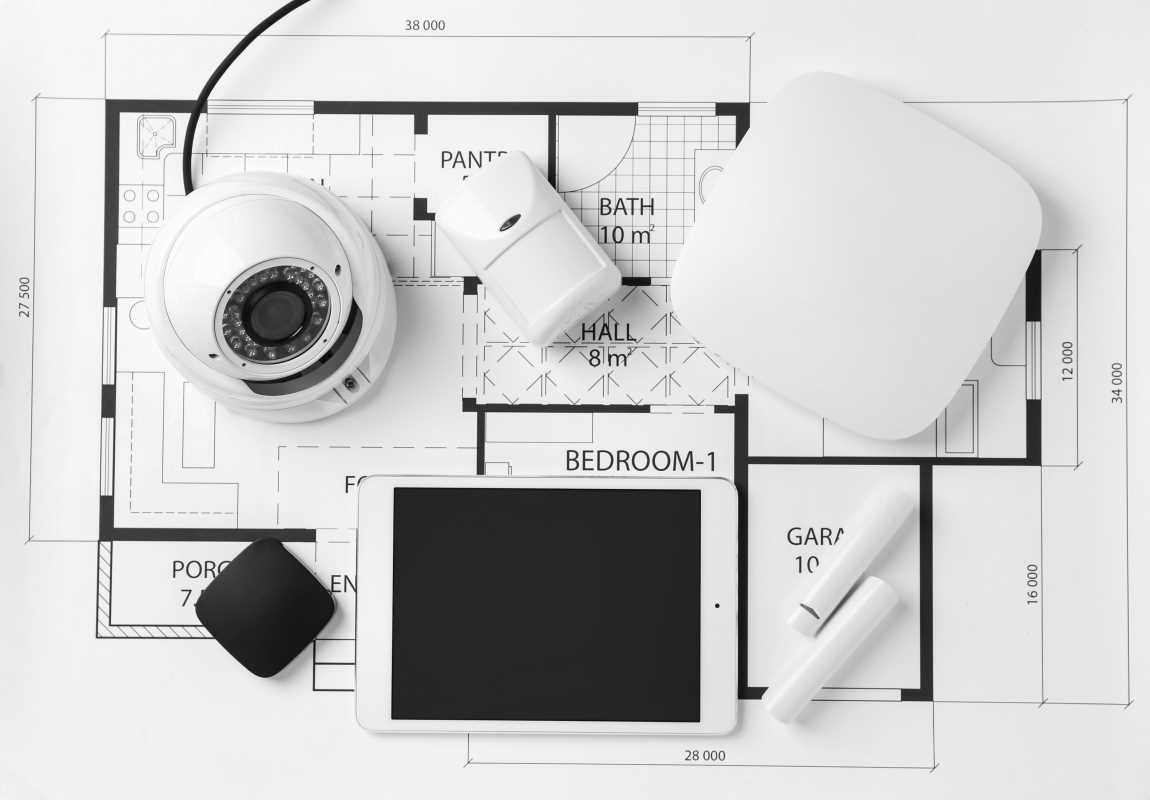Creating a budget at home often feels overwhelming, especially when unexpected expenses pop up and disrupt your plans. Many people set clear goals for spending and saving, only to find that sticking to these targets proves more challenging than expected. Distractions, surprise bills, and daily routines can make it easy to lose track of where the money goes. This article takes a close look at the errors people frequently encounter while organizing their household budgets and offers practical advice to help you stay consistent. By understanding these common pitfalls, you can build a more reliable financial plan that fits your everyday life.
By digging into real-life slip-ups and clear fixes, you’ll learn to spot weak spots in your monthly plan and plug them before they turn into missed goals. No jargon, just practical steps anyone can follow to build confidence around money decisions.
Common Budget Planning Mistakes
People often assume a one-size-fits-all budget template will work for every home. They download a spreadsheet, fill in some numbers, then leave it to collect dust. In reality, that approach ignores your unique income patterns, variable expenses, and personal priorities.
Here are the biggest traps to watch out for:
- Failing to set aside a buffer for irregular expenses like car repairs or holiday gifts
- Ignoring small daily costs such as morning coffee or subscription add-ons
- Relying on memory rather than actual receipts when logging spending
- Not adjusting projections after a pay raise, bonus, or rate change
- Overallocating one category at the expense of another critical area
How Mistakes Undermine Home Financial Goals
Skipping that buffer for unexpected bills can push you toward credit card debt. When surprises appear and you have nowhere to pull funds from, you end up paying interest or late fees that chip away at savings targets.
Tracking small costs too loosely might seem harmless, but those $3–$5 purchases add up faster than most people realize. Within weeks, unmonitored expenses distort your actual spending habits and derail any attempt to hit a monthly cap.
Failing to tweak your plan after an income change means you may keep living on last year’s numbers. If you neglect to increase savings contributions post-raise, you miss out on the easiest way to build a cushion.
Hard-wired budget categories often cause overspending in flexible areas. For instance, someone might set a generous entertainment budget and then pull from groceries when it runs dry. That imbalance causes stress in everyday decisions and breeds frustration.
Actionable Strategies to Prevent Errors
Making your home budget reliable starts with a quick setup that you revisit at least once a month. Treat it like a mini-checkup.
- Gather actual bills, receipts, and bank statements before updating figures. Using real data improves forecasting.
- Create a “rainy day” line item. Set aside at least 5% of your monthly income. Label it separately from emergency savings so you’ll use it responsibly for small surprises.
- Automate savings and bill payments. When deposits and outflows happen without manual effort, you avoid missed deadlines or the temptation to spend those funds.
- Set soft limits on variable categories. Instead of $200 for dining out, break it into $50 weekly chunks to keep it front of mind.
- Review and adjust headings quarterly. Remove categories you no longer need and merge or rename others to match changing priorities.
Thinking of budget planning as a skill you improve over time, not a one-time task, helps you save time and headaches later on.
Tools and Techniques for Smarter Home Budgeting
Choosing the right tool can make a big difference. You can stick with a simple spreadsheet, try a dedicated app, or even go old-school with indexed envelopes.
Software like Mint or PocketGuard automatically categorizes transactions and alerts you when you exceed limits. If you prefer a manual approach, a paper ledger keeps you fully aware of every payment and withdrawal.
Setting up auto-notifications for upcoming bills also reduces your stress. You won’t scramble last minute or incur late fees. Some banks let you flag recurring expenses so they appear on a custom dashboard—you could label that dashboard “monthly essentials.”
Tips for Staying on Track
Staying consistent beats aiming for perfection. A quick weekly check-in keeps your plan rooted in reality. Use whatever format you most enjoy—online calendar, whiteboard on the fridge, or sticky notes in a drawer.
Follow these reminders to keep up your momentum:
- Schedule a 15-minute budget review every Sunday evening
- Reward yourself with a small treat when you reach a savings milestone
- Share your progress with a spouse or roommate to increase accountability
- Fix budget gaps immediately instead of letting shortfalls linger
- Compare actual spending against your plan during the first week of each month
Addressing issues early keeps frustration low and prevents small mistakes from snowballing into missed rent payments or dipping into long-term savings.
Identify common mistakes, make small adjustments, and regularly review your budget. Keep it simple and flexible to stay on track with your savings goals.
 (Image via
(Image via





